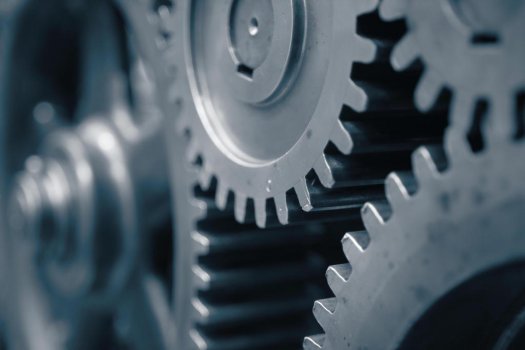Before we try to explain how automation and artificial intelligence can integrate productively, it might help to define their differences. Many people no doubt confuse the two, and that isn’t helped by the way the media often conflates the two.
First off, “automation” involves the application of technologies for carrying out processes with minimal human intervention. Robotics and software are forms of automation, but they don’t necessarily include AI.
Artificial intelligence is the simulation of human intelligence by machines. Some see “artificial intelligence” as a monolith, but it’s really a catch-all term for several different capabilities.
Artificial Narrow Intelligence (ANI), for instance, is highly specialized, like a chess program that can beat a human being but will never be able to operate a light switch. There are good examples of ANI now available for commercial usage in natural language processing and machine learning. Artificial General Intelligence (AGI) is “strong” AI, like IBM’s Blue Brain project that simulated—but still in a limited way—human problem-solving and learning processes. Artificial Superintelligence (ASI) is the Ultron or HAL 9000-level stuff of movie nightmares, which doesn’t yet exist, and no one yet knows if it will.
Continue reading: https://bdtechtalks.com/2021/11/14/artificial-intelligence-automation/
First off, “automation” involves the application of technologies for carrying out processes with minimal human intervention. Robotics and software are forms of automation, but they don’t necessarily include AI.
Artificial intelligence is the simulation of human intelligence by machines. Some see “artificial intelligence” as a monolith, but it’s really a catch-all term for several different capabilities.
Artificial Narrow Intelligence (ANI), for instance, is highly specialized, like a chess program that can beat a human being but will never be able to operate a light switch. There are good examples of ANI now available for commercial usage in natural language processing and machine learning. Artificial General Intelligence (AGI) is “strong” AI, like IBM’s Blue Brain project that simulated—but still in a limited way—human problem-solving and learning processes. Artificial Superintelligence (ASI) is the Ultron or HAL 9000-level stuff of movie nightmares, which doesn’t yet exist, and no one yet knows if it will.
Continue reading: https://bdtechtalks.com/2021/11/14/artificial-intelligence-automation/

